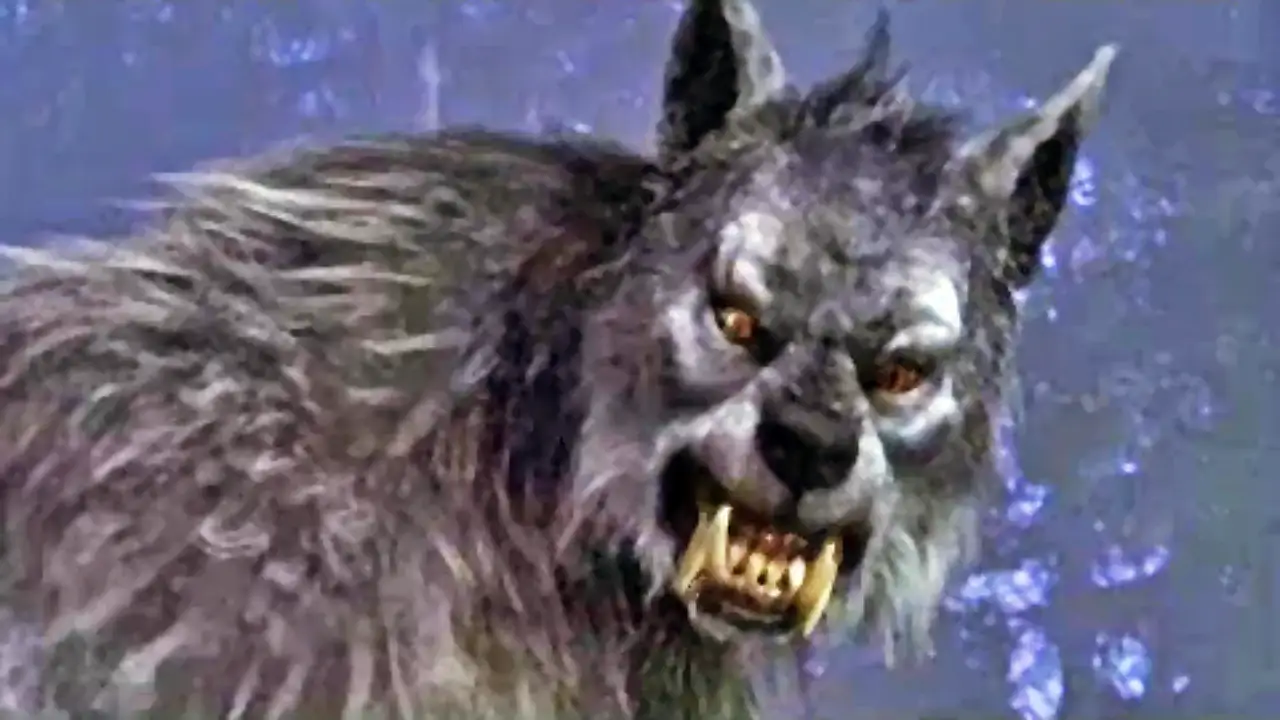The legend of the werewolf has captivated imaginations for centuries. In America, tales of these mythical creatures blend folklore with modern storytelling. But what exactly is a werewolf? Let’s dive into the fascinating world of lycanthropes and explore their place in American culture.
What is a Werewolf?
A werewolf, or lycanthrope, is a human who can transform into a wolf or a wolf-like creature. This transformation can happen either intentionally or as a result of a curse. Often, this curse is said to be triggered by a bite or scratch from another werewolf. The concept of shapeshifting has deep roots in various cultures, but it has taken on a unique flavor in American folklore.
Historical Roots of Lycanthropy
The belief in werewolves dates back to ancient times. Early references can be found in the works of Petronius and Gervase of Tilbury. These texts describe humans transforming into wolves, often as a punishment or due to a supernatural affliction. Over time, these stories evolved, leading to the rich tapestry of werewolf legends we see today.
Werewolves in American Folklore
In America, werewolf stories often reflect the fears and challenges of the time. The colonial period saw many tales of werewolves, often linked to the wilderness and the unknown. As settlers moved westward, the vast, untamed lands became the backdrop for these chilling stories.
One famous American werewolf tale is that of the Beast of Bray Road. This creature, reported in Wisconsin, is described as a wolf-like being that roams the countryside. Sightings of the Beast have sparked numerous investigations and have become a staple of local folklore.
The Psychology Behind Werewolf Myths
Why do we find werewolves so intriguing? Psychologically, they represent the struggle between our civilized selves and our primal instincts. The transformation into a werewolf symbolizes the fear of losing control. This theme resonates with many, making werewolf stories both terrifying and relatable.
Modern Interpretations of Werewolves
Today, werewolves appear in various forms of media, from movies to books. Films like “An American Werewolf in London” and series like “Teen Wolf” have redefined the werewolf myth. These modern interpretations often blend horror with humor, making the concept more accessible to contemporary audiences.
Werewolves and the Supernatural
Werewolves are often associated with the supernatural. Many legends suggest that a full moon triggers the transformation. This connection to lunar cycles adds an element of mystery and intrigue. The moon has long been a symbol of change and transformation, making it a fitting backdrop for werewolf tales.
FAQs About Werewolves in America
What causes someone to become a werewolf?
A werewolf transformation is often attributed to a curse, typically from a bite or scratch from another werewolf.
Are werewolves real?
While werewolves are part of folklore and mythology, there is no scientific evidence to support their existence.
How do werewolves transform?
In most stories, a werewolf transforms during a full moon, although some tales allow for transformation at will.
What are common traits of werewolves?
Werewolves are often depicted as having enhanced strength, speed, and senses, along with a fierce, animalistic nature.
Are there famous werewolf legends in America?
Yes, legends like the Beast of Bray Road and the Jersey Devil are well-known in American folklore.
Conclusion
The legend of the werewolf continues to thrive in American culture. From ancient texts to modern films, these creatures captivate our imagination. Whether viewed as a symbol of our primal instincts or simply as a thrilling story, werewolves hold a special place in our collective consciousness. As we explore these myths, we uncover not just tales of transformation, but also reflections of our deepest fears and desires.

